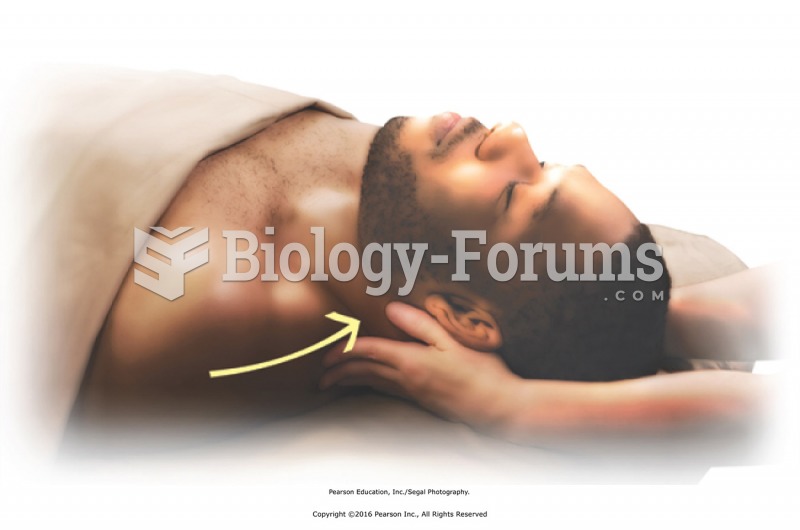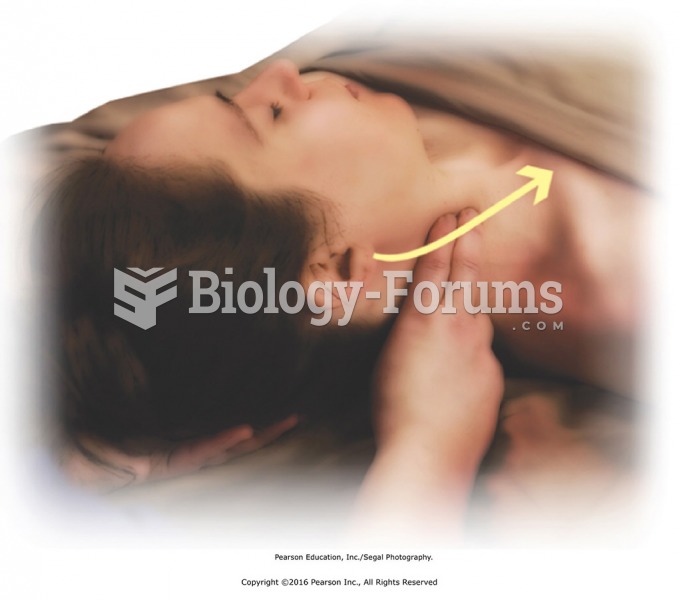Answer to Question 1
Correct Answer: 1, 4
Rationale 1: Beta is a subtype of norepinephrine receptor.
Rationale 2: Delta is not a subtype of norepinephrine receptor.
Rationale 3: Epsilon is not a subtype of norepinephrine receptor.
Rationale 4: Alpha is a subtype of norepinephrine receptor.
Rationale 5: Pi is not a subtype of norepinephrine receptor.
Global Rationale: Alpha and beta are subtypes of norepinephrine receptors. Delta, epsilon, and pi are not subtypes of norepinephrine receptors.
Answer to Question 2
Correct Answer: 1
Rationale 1: Nicotinic (cholinergic) receptors found in skeletal muscles is correct because myasthenia gravis is a disease characterized by destruction of nicotinic (cholinergic) receptors on skeletal muscles.
Rationale 2: Norepinephrine (adrenergic) receptors found in skeletal muscle is incorrect because adrenergic receptors constrict blood vessels, dilate pupils, inhibit release of norepinephrine, increase heart rate and force of contractions, release renin, and inhibit smooth muscle.
Rationale 3: Muscarinic (cholinergic) receptors found in smooth muscle is incorrect because muscarinic (cholinergic) receptors stimulate smooth muscle and gland secretion, and decrease the force of contraction and rate of the heart.
Rationale 4: Norepinephrine (adrenergic) receptors found in smooth muscle is incorrect because adrenergic receptors constrict blood vessels, dilate pupils, inhibit release of norepinephrine, increase heart rate and force of contractions, release renin, and inhibit smooth muscle.
Global Rationale: Nicotinic (cholinergic) receptors found in skeletal muscles is correct because myasthenia gravis is a disease characterized by destruction of nicotinic (cholinergic) receptors on skeletal muscles. Norepinephrine (adrenergic) receptors found in skeletal muscle is incorrect because adrenergic receptors constrict blood vessels, dilate pupils, inhibit release of norepinephrine, increase heart rate and force of contractions, release renin, and inhibit smooth muscle. Muscarinic (cholinergic) receptors found in smooth muscle is incorrect because muscarinic (cholinergic) receptors stimulate smooth muscle and gland secretion, and decrease the force of contraction and rate of the heart. Norepinephrine (adrenergic) receptors found in smooth muscle is incorrect because adrenergic receptors constrict blood vessels, dilate pupils, inhibit release of norepinephrine, increase heart rate and force of contractions, release renin, and inhibit smooth muscle.







